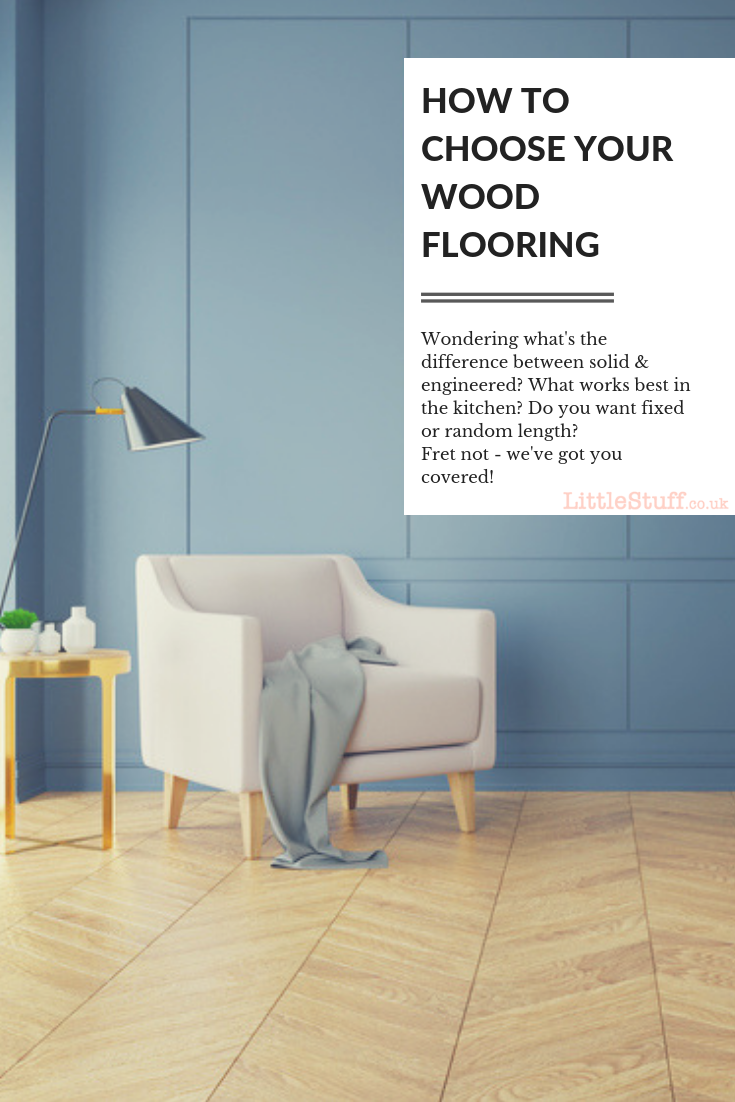Wondering what’s the difference between solid & engineered? What works best in the kitchen? Do you want fixed or random length?
Fret not – we’ve got you covered!
Choosing a new floor – it’s surprisingly tricky, isn’t it? Do you want carpet? Tiles? Laminate? Wood?
Then once you’ve got the basics chosen, the tricky bit really begins!
You’ve decided that a lush real wood flooring is the way you want to go (excellent choice. I approve.) – but now your actual choices are endless. Laminate flooring is a strong contender for those on a budget, of course, but if you want the real feel underfoot you will unfortunately have to spend that little extra. You should consider the investment though – I have laminate floors that need replacing inside 6yrs of being under a growing family. The solid wood floor will still be there for my grandchildren to roll their cars on.
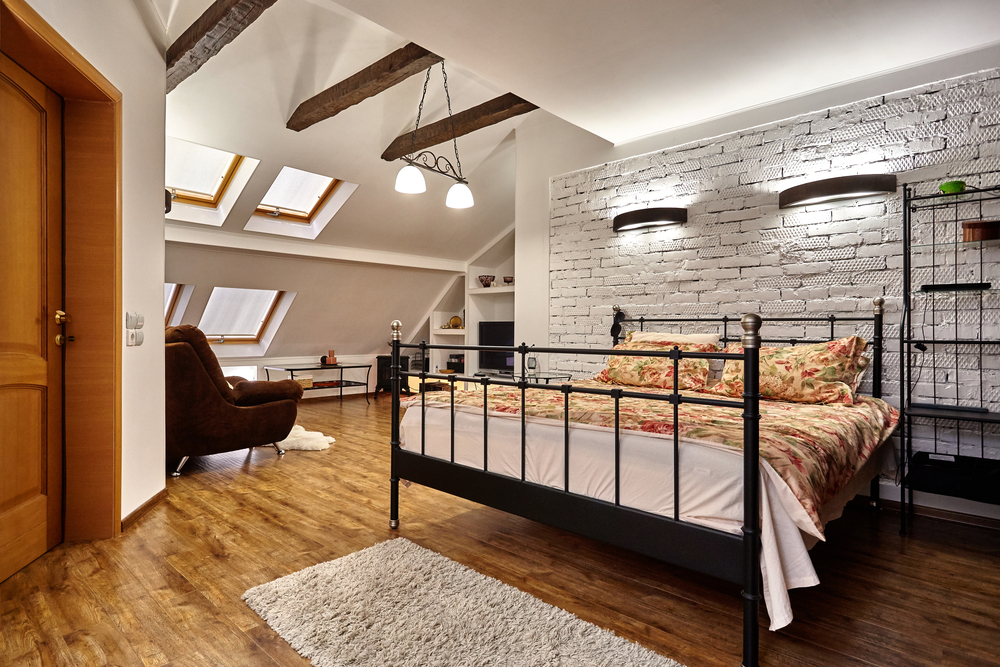
There are two main types of real wood flooring
‘Solid wood’ flooring is essentially a full block of wood, while ‘engineered wood’ flooring is constructed out of layers of plywood or high-density fibreboard, topped with a lamella of real wood. Between the two the appearance does not change, however they both offer their own benefits.
As solid wood flooring is totally constructed out of one plank of wood, you are able to sand the board all the way down till the point of the joining mechanism. Traditionally solid wood flooring is more expensive; however, it does add value to your house if you were ever wanting to place it onto the housing market – think about your old Victorian school hall, still with it’s original sold wood floor, even after generations of children have been playing on it.
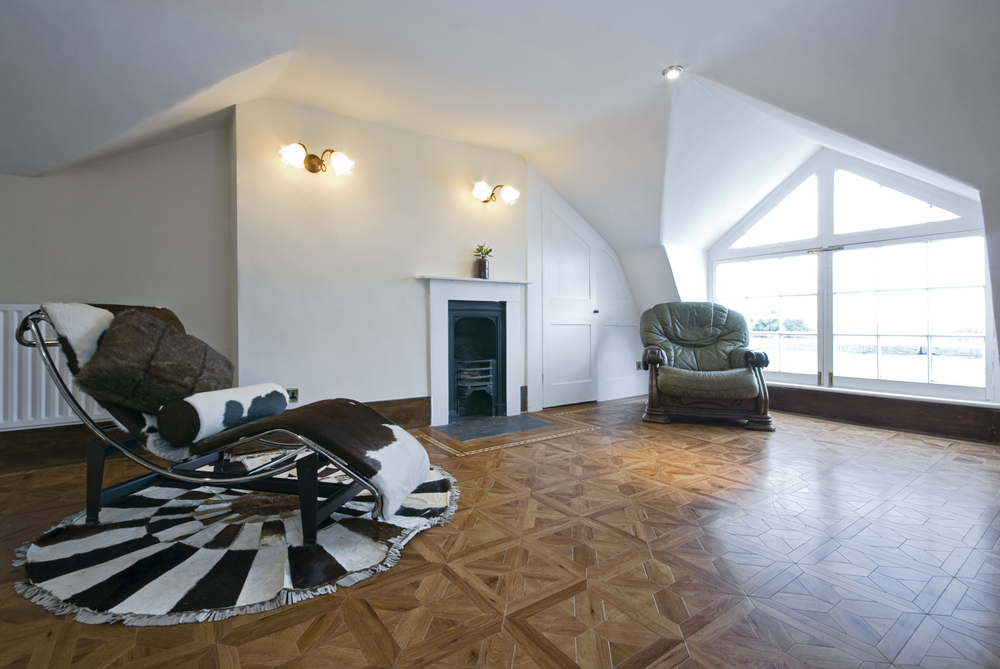
However, many people are surprised that engineered flooring is actually more stable than solid wood flooring; the multiple layer construction allows the boards to expand and contract easily as the wood adjusts to the natural variations of the room. This means that engineered floors are suitable to be installed in areas of fluctuating temperatures (like your kitchen or hot-box conservatory) or on top of underfloor heating.
So the first decision to make when purchasing real wood flooring is whether you would like a solid or engineered board.
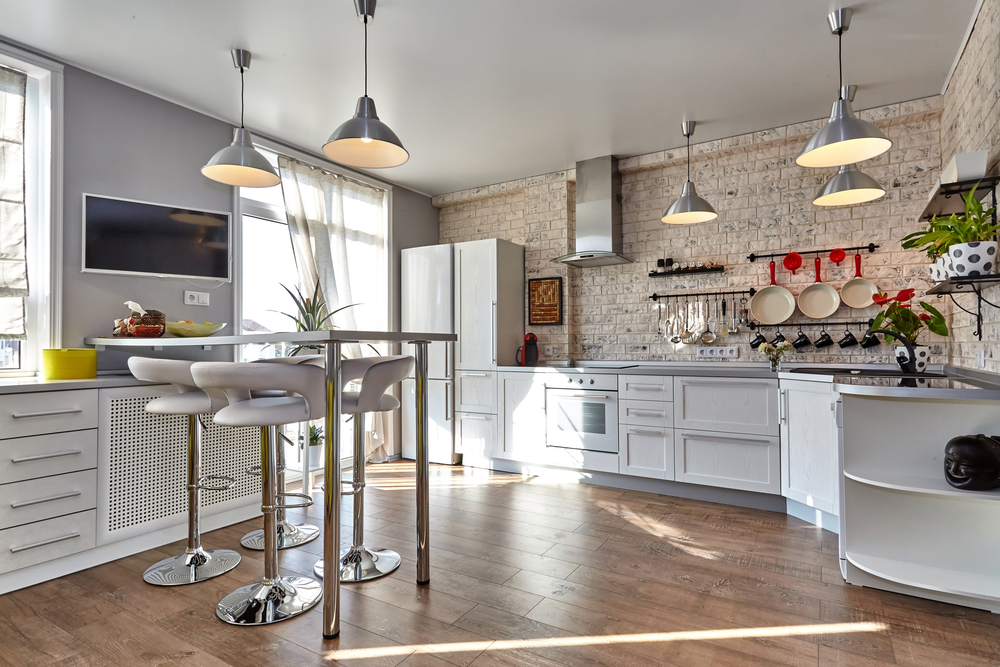
The second decision you need to make is the finish of the boards.
There are 3 basic popular types of finishes; unfinished, oiled and lacquered.
- The most basic finish is ‘unfinished’ – rather self-explanatory, the boards are plain and have no finish. For obvious reasons, the other two finishes are a lot more popular!
- An oiled finish is where a plain or stained oil is applied to the surface of the board. It will naturally seep into the boards, leaving a beautiful tone with added protection.
- A lacquered finish sits on top of the surface and creates a shinier finish. The benefit of this is that it’s not a permanent look for your room – you are able to change the finish at any point by sanding the top 1mm of the board and refinishing the product with any finish of your choice.
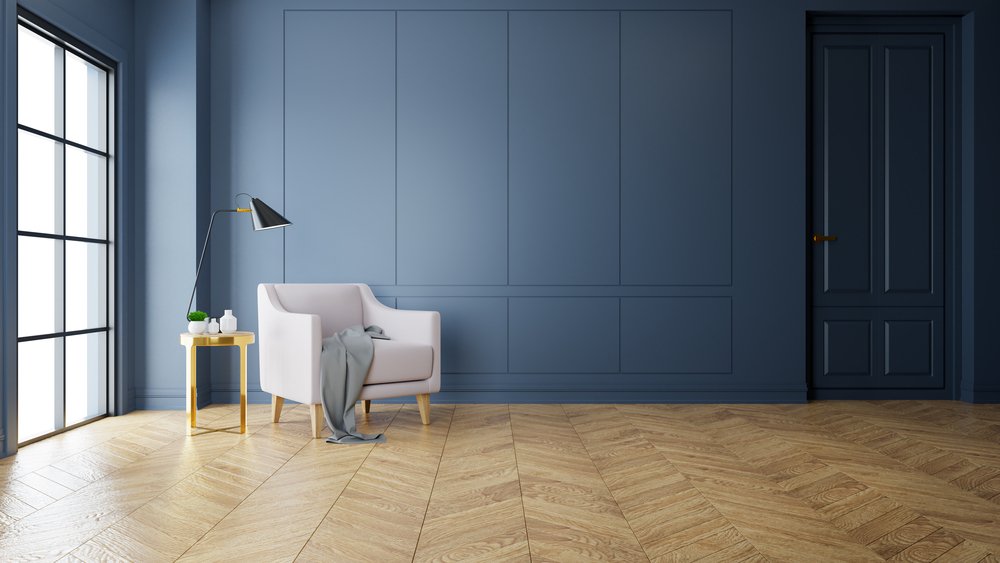
The final decision is all about the length!
Would you prefer a fixed or random length product? A fixed length product will add a uniformed appearance, with a starter plank included to ensure you can stagger the boards. A random length product can be a bit more difficult to install, so it’s a good idea to ‘dry lay’ the floor first to ensure the lengths of the boards vary throughout the room.
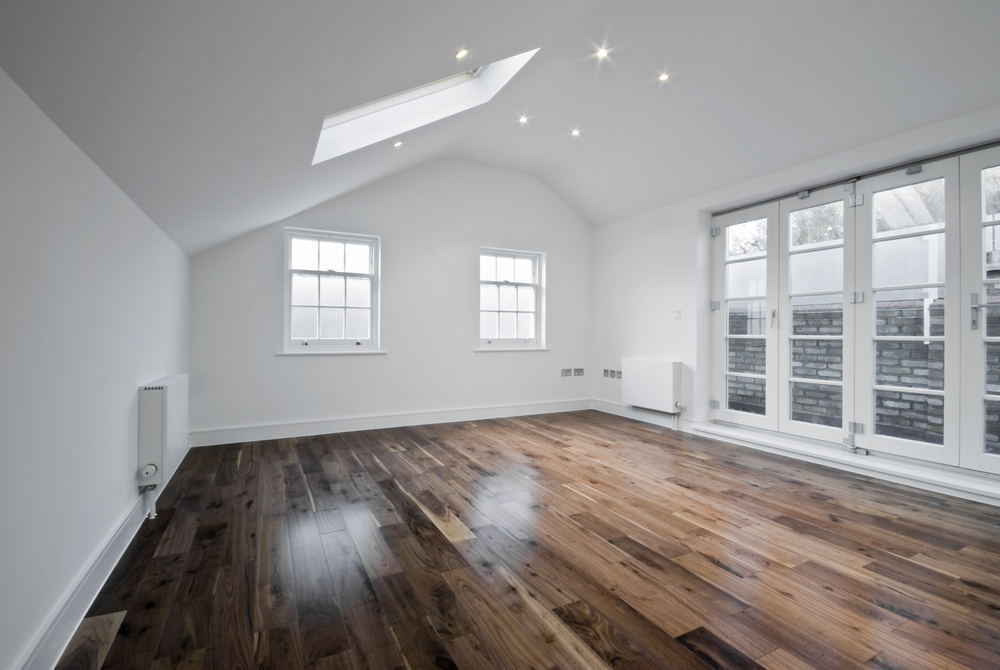
Pin it for later!
